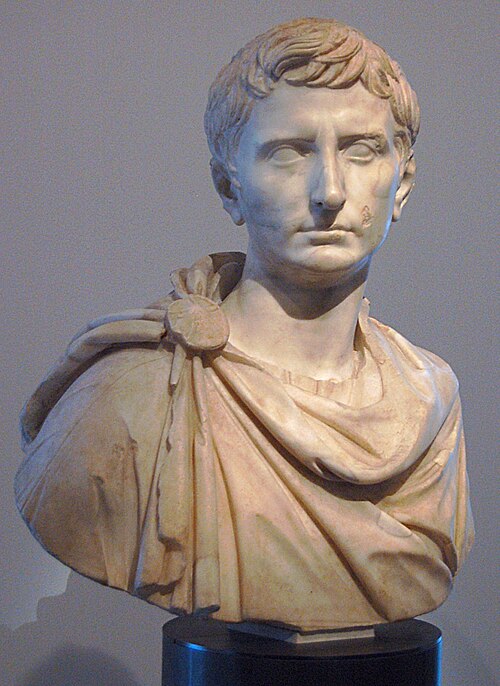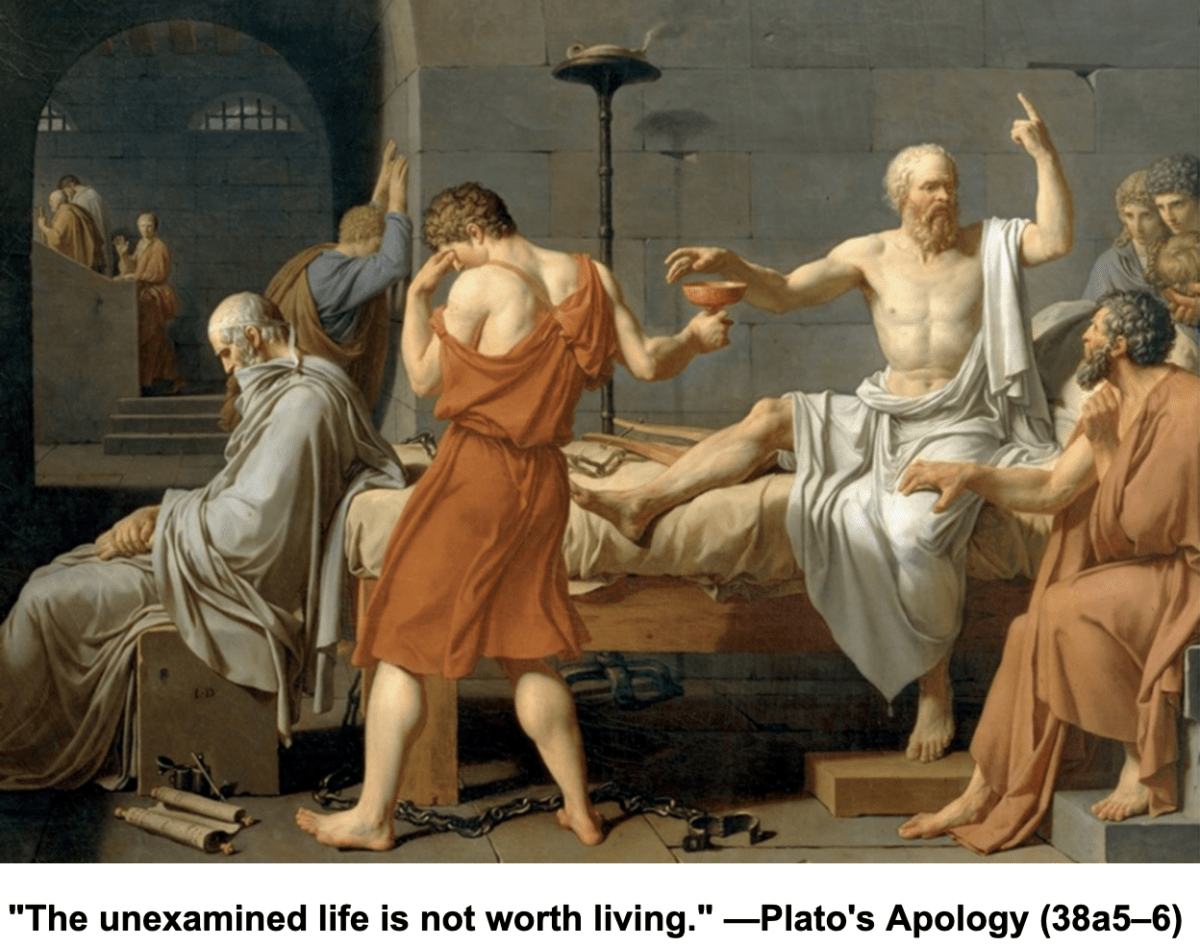The past is a foreign country. They do things differently there
— “The Go Between,” by L. P. Hartley
The crux of Christ’s mission and the core tenant of his gospel—his “good news” for mankind—was revealed on the day he was born. So, too, was an “alternative theology,” i.e., a different recipe for achieving peace on earth championed by a most formidable opponent.
“Now it happened that in those days an edict went out from Caesar Augustus that all the inhabited world should be enrolled in a census. * * * * And suddenly there appeared with the angel a throng of the heavenly army, praising God and saying, “Glory to God in the highest places and peace on earth among men of goodwill. Luke 2:1; 13-14. (D. B. Hart Translation).

